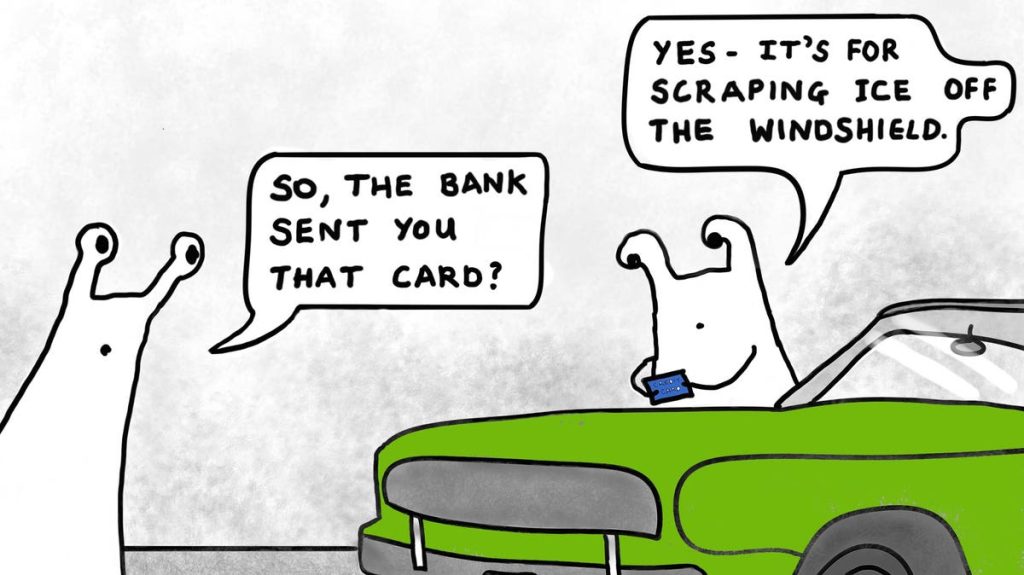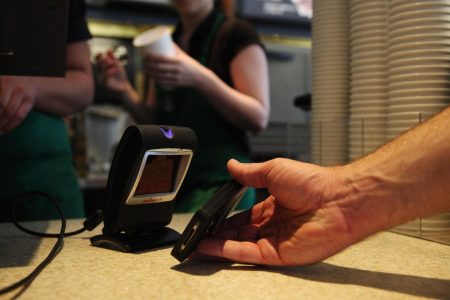When I first become involved in the payments industry, a wise mentor told me that that there were three fundamental problems to be fixed: payments were too slow, too expensive and too opaque. This month America got FedNow, the account-to-account instant payment infrastructure common in many other countries and the good news is that it has the potential to fix all of those problems. However, as Ron Shevlin wrote here in Forbes, it won’t fix them soon.
Instant, But Not Instantly
America’s payment rails are, as The Economist says, “overdue a spot of maintenance” because they are less sophisticated than those in the rest of the rich world, and indeed those in much of the poor world, too. Larry Fink, who runs BlackRock
BLK
Well, things are changing. The Federal Reserve’s new instant payments system, FedNow, is now up and running to deliver what Richmond Fed President Tom Barkin, the program’s executive sponsor calls a “a leading-edge payments system that is resilient, adaptive, and accessible”. This makes the American payments landscape very interesting. While there are several considerations going into instant payment strategies around the world (eg, New Payments Plaform in Australia, Swish in Sweden, PromptPay in Thailand), in the U.S. there is the additional issue of whether to use the The Clearing House’s RTP or FedNow, or both. It seems likely that FedNow will have wider acceptance, but doesn’t mean that RTP won’t compete with FedNow (on pricing, example) and many financial institutions will use both depending on the demands of the marketplace.
In the UK, where the regulator mandated a single instant payment network, the most recent figures from UK Finance (from August 2022) show that the number of instant payments grew by almost a quarter in the previous year. In 2011, there were 422 million instant payments, in 2016 there were 1.3 billion of them and in 2021 there were an astonishing 3.6 billion as they overtook ACH direct credits to become the most frequently used business payment method. I think it’s not unreasonable to assume that FedNow might follow a similar path once all bank accounts are reachable.
(When might that be? Who knows. There are an awful lots of banks in America and while 90% of accounts might reachable in a year and 99% in five years, I genuinely don’t know whether 100% in ten years is realistic.)
One area where we might begin to see direct account-to-account payments nudge cards out is online. The FIS Global Payments Report 2023 says that account-to-account payments were 9% of e-commerce transaction value last year and will be 11% by 2026, fuelled in part by consumer use cases rising from FedNow and RTP. This has already been recognised in Europe where the proposed “third scheme”, the European Payments Initiative (EPI), has bought out the Dutch iDEAL and Belgium/Luxembourg Payconiq services. Martina Weimert, the CEO of EPI, says that the focus will e-commerce next year with a move toward in-store use in 2025 and that they will use start with QR codes. I think FedNow could well stimulate similar developments in the U.S.
Speed and cost are one thing. But let’s not overlook the issue of opacity. Speaking at the Payments Leaders’ Summit in Washington DC in June, James Anderson (who is in charge of the Paze wallet over at Early Warning) said that he thought it made more sense to talk about the advent “richer payments” rather than “faster payments”, because the benefits to individuals and businesses come from the enhanced data capabilities of new services rather than the fact that they money gets there quicker. This is an interesting point, and when we begin to see integration of the richer data provided by FedNow into request-to-pay (R2p) and variable-recurring-payments (VRP) “layer 2” protocols — this is what we call the “customer is present” and “customer was present” push payment services in the U.K. — I am sure that a great many innovative new applications will appear to exploit the new infrastructure.
Consumer View
What will all of this mean for businesses and consumers? Well, imagine the near future when the plumber comes to my house to fix the shower. He pulls up Xero on his phone and presses a button to send me the bill (he needs only my e-mail address, not my bank details) which then zooms though the interweb tubes and pops up in my bank’s app on my phone (because I have set my bank app as the destination for payment request) and I use FaceID to confirm, at which point the money is pushed instantly from my bank account to his. In a couple of seconds he gets confirmation that the money has been received. I now receive the digitally-signed bill as a receipt as well.
This will work for everything from buying vegetables at a farmer’s market (I scan the QR code on the stall and enter the amount) to buying a car (the dealer scans a QR code on my phone to send me the invoice). American business and consumers will see real change, but it may take some time.
Read the full article here















